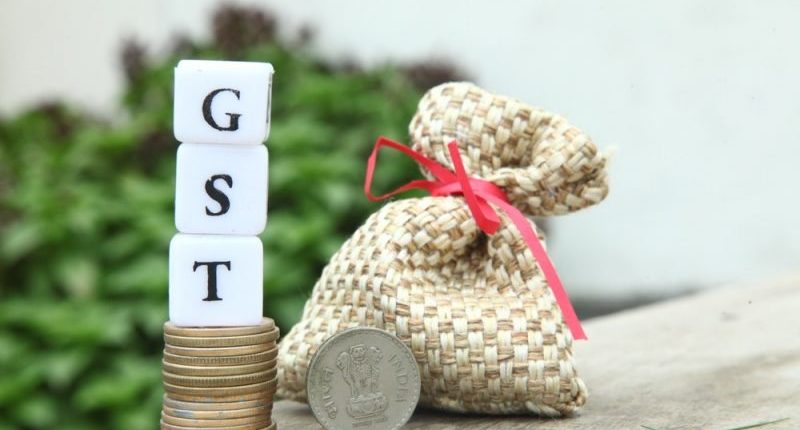With the turn of the decade, the Indian government has found new ways to prevent tax evasion and other fraudulent GST practices, by imposing more stringent measures in the GST compliance system. The measures encompass the areas of GST registration, return-filing, payments, ITC claims, and e-way bills. Let’s take a look at the changes made in the Law.
Taxpayers opting for a new GST registration will now need to get Aadhaar authentication done at the time of registration, complete his biometrics and provide the photograph. If the person does not get the same done during registration, he will need to provide KYC data and a photograph and biometric information.
In the latter case, the registration will be granted only after the physical verification of the place of business. This rule is also applicable to the authorised representatives of corporate applicants. The original copy of the documents uploaded will need to be verified at the notified facilitation centres.
In terms of return-filing, taxpayers now have to exercise prudence to avoid discrepancies between the various returns filed and their books of accounts. The scope of cancellation of GST registration has been extended. A new sub-rule 2A under Rule 21A has been inserted.
According to the new rule, if there are significant differences or anomalies observed between the data reported in the GSTR-3B filed, and the GSTR-1 or 2B, the department can suspend the GST registration of the defaulting taxpayer. If the differences remain unexplained, the registration could further be cancelled.
Also Read: GSTN Releases Advisory on Auto-population of E-invoice Details
A GSTIN can also be cancelled in certain other cases, such as violation of Section 16 of the CGST Act. Section 16 lays down the eligibility and conditions for claiming the input tax credit. Further, if the taxpayer violates the new Rule 86B, it would lead to their GST registration getting cancellation if applicable to them. Rule 86B specifies that taxpayers with a turnover exceeding Rs.50 lakh, apart from a few exceptions, will not be allowed to use more than 99% of the amount available in their electronic credit ledger to discharge their GST liability.
The government has also tightened the Law about mismatches between the GSTR-1 and 3B returns. If a lower value is reported in GSTR-3B compared to the GSTR-1, the department can cancel the GST registration. All this tells us that the government will now resort to extreme measures for those taxpayers in contravention of the GST Law provisions. It is all in the taxpayers’ hands to be more diligent and disclose the correct information while filing their returns and paying their taxes.
It is a known fact that Input Tax Credit (ITC) can only be claimed if the corresponding suppliers of a business have uploaded their invoices. These invoices reflect in the GSTR-2A/2B of the recipient. Previously, taxpayers could claim 10% provisional ITC over and above the eligible ITC reflected in the GSTR-2A.
Now, this limit has been restricted to 5%. This puts an additional burden on the taxpayer as it will be his duty to ensure that his suppliers are uploading their invoices on time. Any mismatches or missing invoices should be intimated at the earliest, failing which, the recipient taxpayer’s working capital will take a hit as the tax liability will need to be paid through cash.
For any clarifications/feedback on the topic, please contact the writer at athena.rebello@cleartax.in

I’m a Chartered Accountant by profession and a writer by passion. ClearTax lets me be both. I love travel, hot tubs, and coffee. I believe that life is short, so I always eat dessert first. Wait.. life is also too short to be reading bios… Go read my articles!





